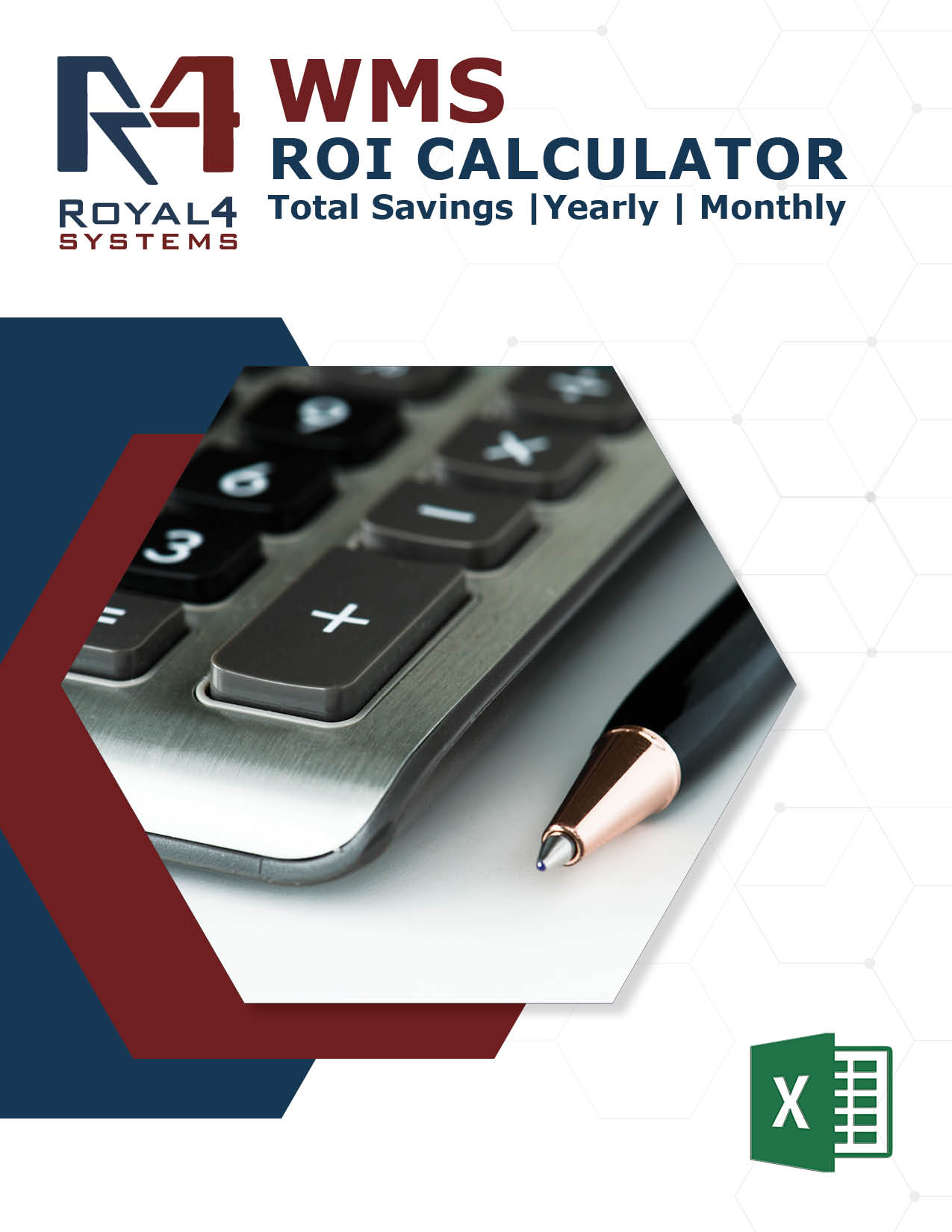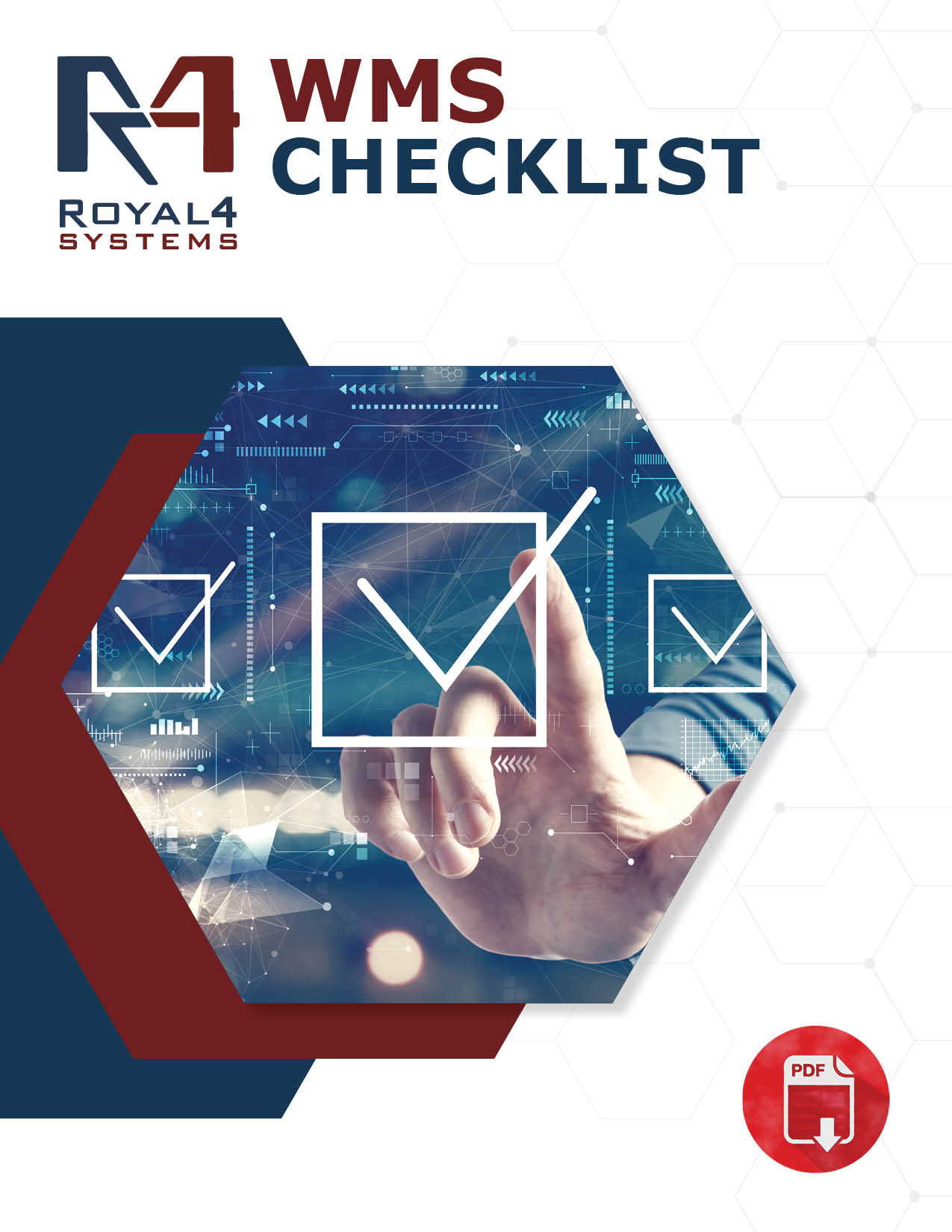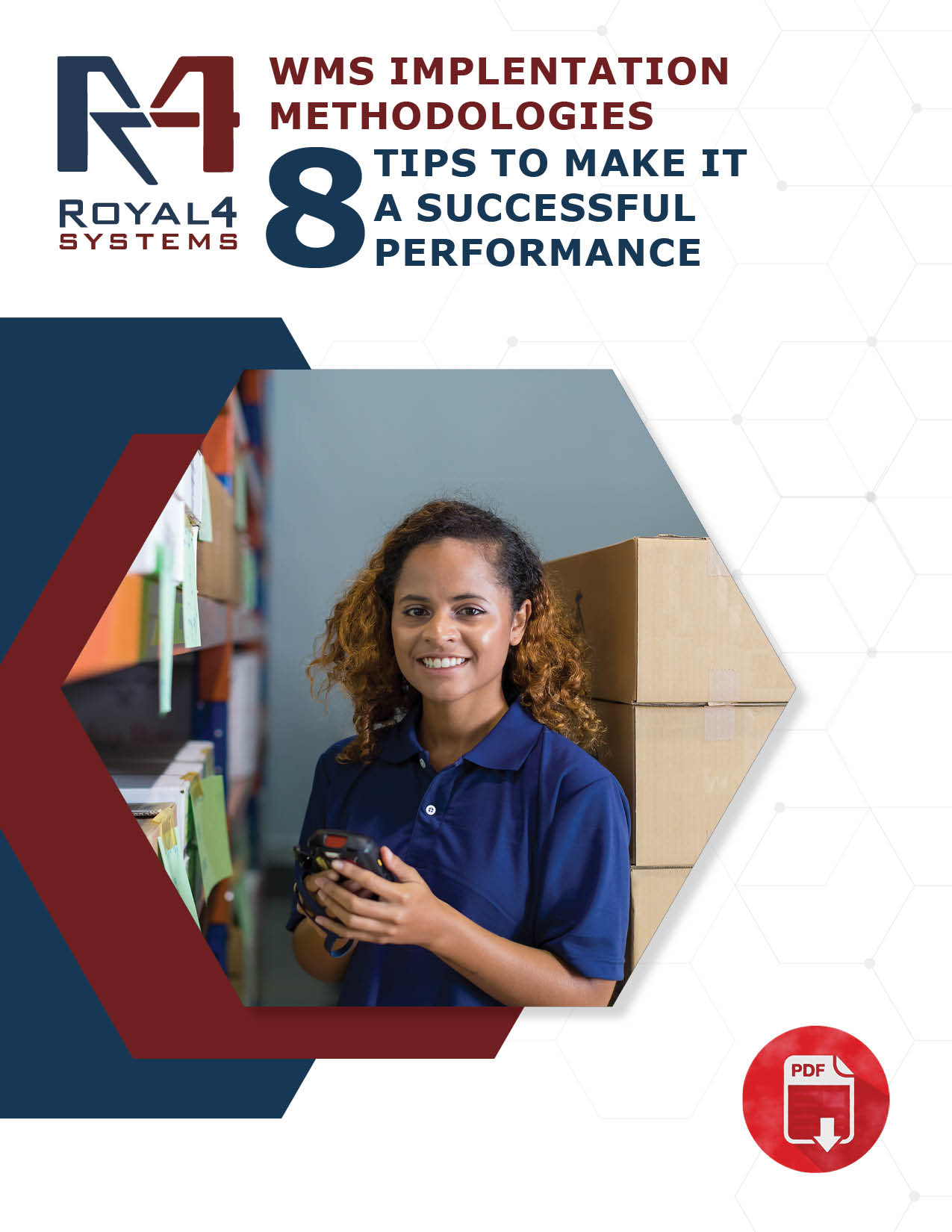
Growing businesses require good supply chain management. Adding new locations, modernizing manufacturing processes, reaching out to a more extensive client base, and exceeding customer expectations exacerbate supply chain management and logistical challenges. While some businesses prefer in-house solutions, they are not always the most efficient or cost-effective alternative. Failures or mismanagement can negatively impact the bottom line, hinder growth, and decrease customer satisfaction. Firms commonly rely on third-party logistics (3PL) businesses and warehouse management software to expand their fulfillment strategy.
What is 3PL Software?
In business systems, the phrase “3PL software,” or simply “3PL,” refers to a business management solution for third-party logistics companies. 3PL Software manages third-party logistics, including sales and marketing, operations, and finance. The purpose of 3PLs is to provide consumers with efficient logistics services. 3PL’s clientele includes both minor and major businesses.
What does 3PL software do?
The preliminary order fulfillment service provided by major suppliers is straightforward.
1. Receiving and Warehousing
The first stage in order fulfillment is receiving products for storage in a warehouse or fulfillment center. Inbound goods are frequently arranged manually or mechanically through a freight forwarder and stored in a bin, pallet, or shelf for visibility. Each provider’s capabilities and strategy for receiving and storing items are unique.
2. Picking
Once an order is placed and assigned to the warehouse picking crew, picking takes place. While some partners use integrated technology to link shipments, inventory levels, and orders through a single interface, others use manual order submission. The locations of linked items are found when an order is received and “picked” out of the warehouse using the proper pick types.
3. Packing
Following selection, ordered goods are arranged and packaged by client preferences. Providers offer a variety of packing materials to keep things safe and aesthetically pleasing while maintaining the ideal dimension weight for transportation and minimizing logistical expenses.
4. Shipping
The next step after packaging is shipment. While some customers have preferred carriers for order fulfillment, others may need help formulating the best delivery strategy. To analyze choices for delivery deadlines, pricing, and other factors, 3PLs print shipping labels and evaluate several carrier partners. All parties are provided with tracking information after the order has been sent.
5. Worldwide Shipping
They may handle logistics such as purchasing, freight forwarding, customs, trade compliance, and consolidation to streamline international shipping operations.
6. Reverse Logistics and Returned Goods
Along with order fulfillment, many third-party logistics providers also handle refunds and reverse logistics. Regardless of whether an item is unintentionally delivered or damaged during delivery, third-party logistics partners adhere to a consistent process for receiving goods, documenting receipts, and executing the reverse logistics plan established following the client. Depending on the situation, the returned item may be fixed, recycled, destroyed, or put back in the warehouse.
7. Transportation
By looking at a customer’s shipping, demand cycle, and supply chain, third-party logistics partners may manage their transportation requirements. They may evaluate the effectiveness of the freight, identify efficiencies, optimize loads, and save transportation costs. Additionally, they could offer real-time access to moving inventories.
8. Information Technology
Third-party logistics businesses employ information technology and other technologies, including electronic data interchange (EDI) and application programming interfaces (API). What factors should you take into account before picking a 3PL software? An operation’s size, scope, and needs might affect the 3PL Software. The most critical factors are taken into account when assessing 3PL solutions. Scalability of the system, backend integration capabilities, support for mobile devices for field personnel, and many more features could be included. The following are factors to take into account while selecting a 3PL software partner:
1. Adaptability to individual needs
For specialized requirements, future updates, and platform migration, 3PL Software should be adaptable. It needs to be able to satisfy pertinent demands made by your current systems for such expanded functions.
2. Integration potential with your company ecosystem
3PL software should be able to integrate with your systems. It should be able to sustain your whole business ecosystem, encompassing your transportation management systems (TMS), warehouse management systems (WMS), and delivery and distribution (D&D) software (CRM).
3. Cost scaling
The price structure for 3PL Software should be flexible, covering modular software features, technical support, and other maintenance services. As a result, it should be scalable in terms of growth paths and the increasing complexity of business needs, guaranteeing a consistent experience.

How to make your 3PL better?
Logistics is a vital component of every business, frequently contracted out to outside providers. A 3PL partner must be proficient in order administration, delivery, return inquiries, and other time-consuming tasks for any firm. It establishes the organization’s long-term future path objectives and aids in achieving the big picture.
A 3PL connection that is troublesome might result from entering into any contract before you fully comprehend it. Setting clear expectations will help both parties get the most out of working with a 3PL supplier. Establishing a mutually productive alliance requires clearly defining your expectations and meeting them. Here are some suggestions for enhancing 3PL management.
1. Use effective Software at all times.
The Software, your logistics partner, uses is understood because technology is essential in today’s society. A provider should use top-notch Software to handle operations, inventories, and delivery.
Real-time analysis and unified logistics preparedness will benefit from a full software solution with all necessary adjustments. Software is one of the essential components of 3PL management since it allows for the monitoring and tracking all operations and related difficulties.
2. Set reasonable goals
You ought to have reasonable expectations for your 3PL supplier. For instance, the logistics partner should only be expected to resolve significant operational problems for a firm after some time. Establishing reasonable expectations early on is crucial so that the business and the partner can work together to resolve each issue gradually.
3. Allocation of sufficient resources
Resource management on the client’s end should be proactive. To provide the finest services, the 3PL partner should have proper access. Larger common goals are readily realized if the 3PL partner works with the firm rather than for the company. As soon as it is feasible, the 3PL partner should be given all necessary tasks to handle more effectively. This way, it may improvise, improve outcomes, and effectively grow the association.
4. Teamwork is essential for success.
The 3PL partner should continually seek opportunities to engage with the business and assist with continuing advancements since cooperation is crucial. A more effective partnership is achieved by fusing the business skills of the company’s staff with the logistical know-how of the 3PL, increasing both the company’s and the partner’s profits.
5. Never be afraid to share data.
The unwillingness to give the relevant data is one of the primary blunders made while outsourcing to 3PL. As a result, the partnership needs to function at its optimum since chemistry and culture are essential. Operations will only be optimal and smooth if there is strong chemistry between a firm and its 3PL partner. You must provide your 3PL partner with all the information they require and have faith in their ability to use it to give you the best service possible.
Why does this matter?
Your end-to-end fulfillment solution, including assistance with inventory management and warehouse management, may be found with the proper 3PL supplier. They choose, pack, and transport the goods. Here are just a few of the many advantages of working with a third-party logistics provider.
1. Decreased operating costs
Businesses that employ 3PL services pay less for shipping and additional warehouse space, staff, and other internal logistical and administrative expenditures. Each warehouse you own requires upkeep, utilities, insurance, rent or a mortgage, and additional costs. Not to mention salaries and benefits for full-time warehouse employees.
2. Possible market expansion
You have some growth flexibility when you partner with a 3PL supplier. Your 3PL firm might put you in an advantageous position to make the change if you offer your goods in a different area. You may transport your goods anywhere you want to increase sales if you have access to distribution centers and warehouses.
3. More time focusing on growth levers
By outsourcing your logistics, you’ll have more time to concentrate on your company’s key growth levers, such as demand forecasting. The same holds for your group. You get far more information about which SKUs sell more quickly, sales trends, stock control, and inventory levels when you use the best inventory management software.
4. International logistics improvements
Many of the difficulties and burdens associated with international shipping and logistics are eliminated through 3PL. They know how to implement the proper procedures and controls since they have years of expertise navigating this environment. This improvement allows you to expand into global markets without incurring the initial cost, risk, and time associated with handling global logistics internally.
Request a Demo
Need more information?
Solutions






![image001[25]](https://www.royal4.com/wp-content/uploads/2023/11/image00125.png)